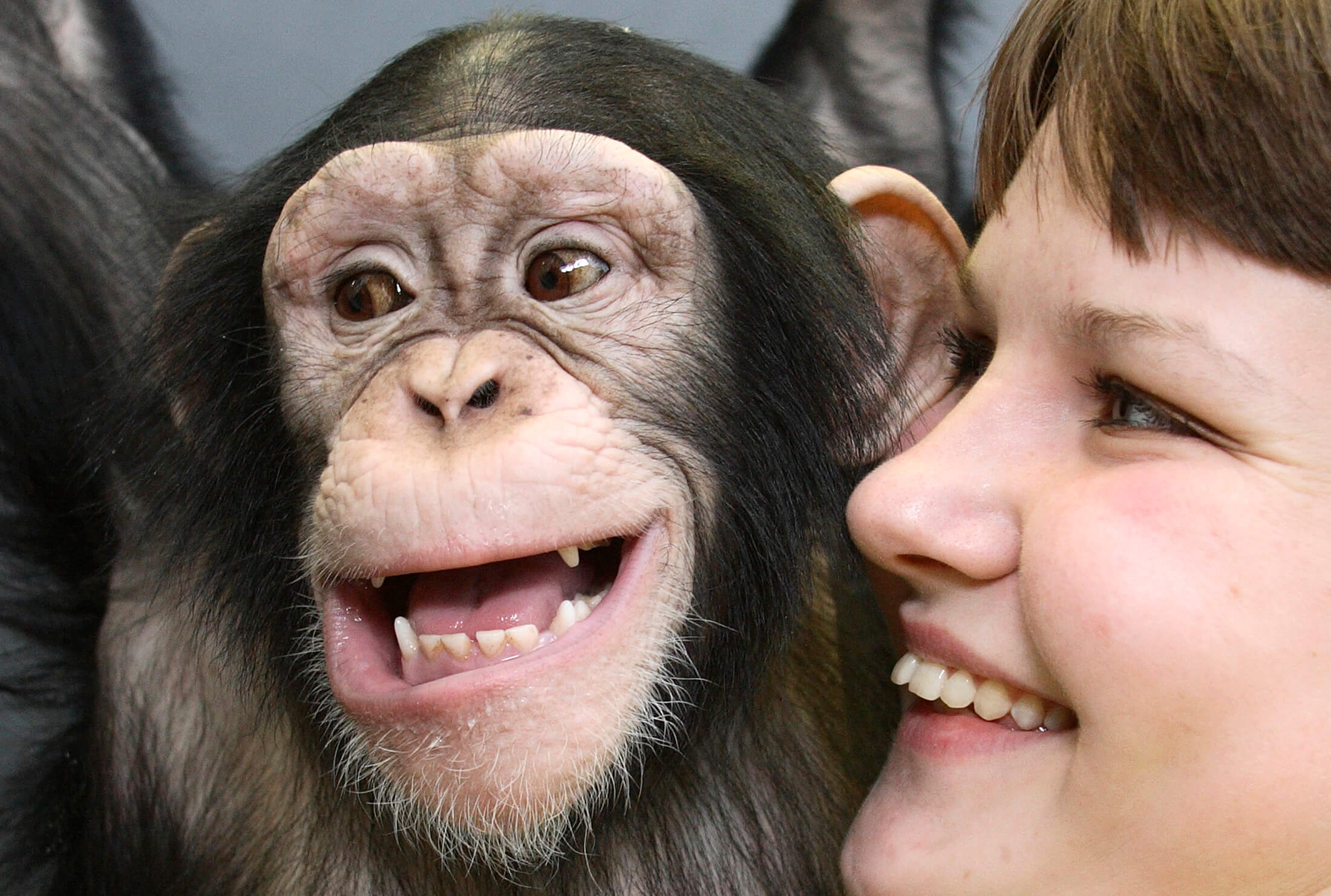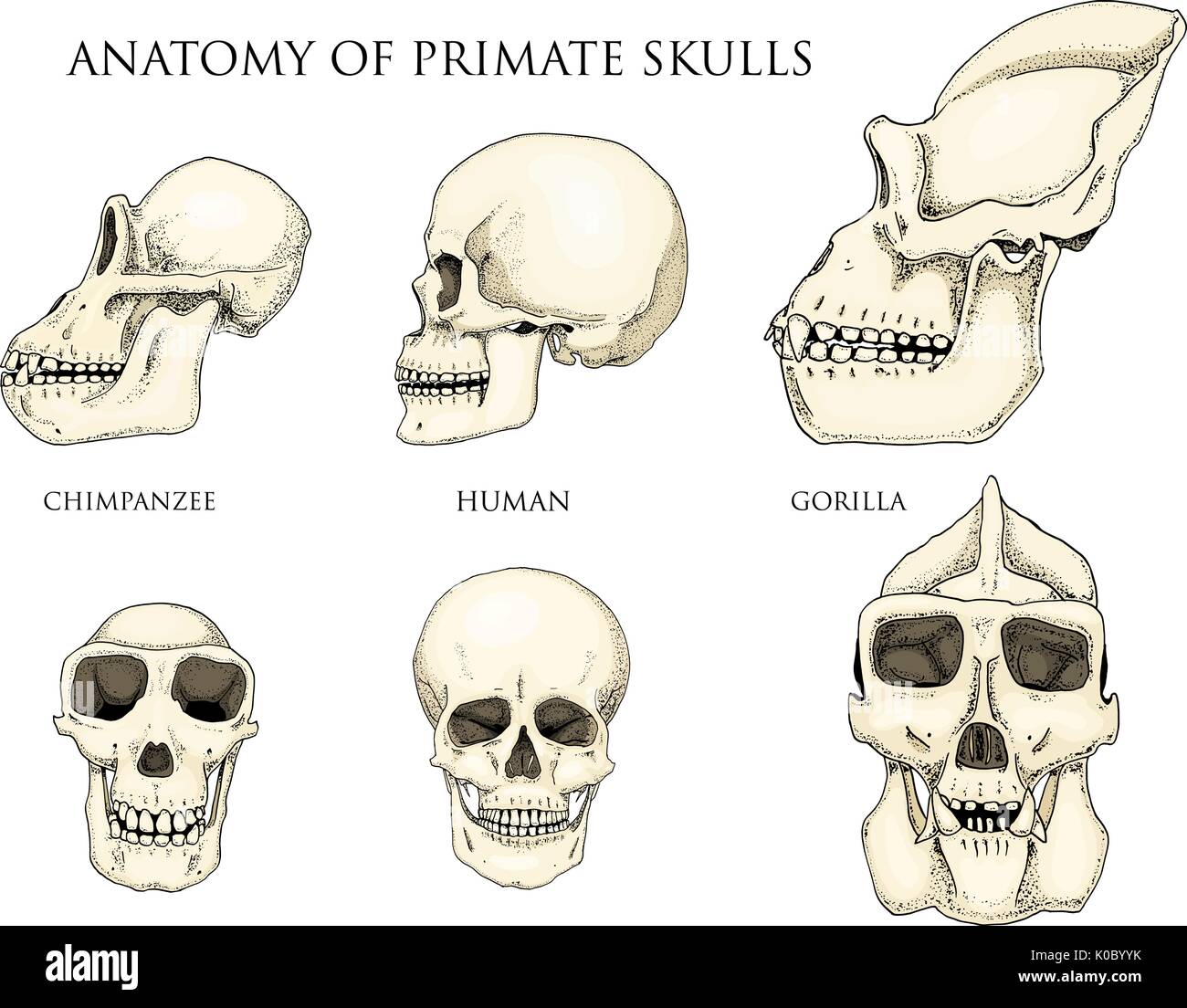

"They can adapt very well to their environment but that doesn't preclude that they are territorial and they are violent and wild animals first," Ross said. The emotional impulses also play a role in how aggressive they can become, he said. They directed the violence towards Andrew whom they feel was infringing on their territory."Ĭhimpanzees have a wide range of emotions and they are similar to what humans experience, yet they are known to have erratic and unpredictable impulses, Ross said. "This is why we come to the conclusion, as far as our expertise goes, that it was a territorial defense. "They have no anger," Cussons said of the chimps. The two chimps saw Oberle's crossing the fence into the chimps' space as a violation of their territory, prompting them to take action, Cussons said. In Thursday's case, however, an internal investigation by the Jane Goodall Institute near Johannesburg showed that the chimps might not have intended to be malicious, Eugene Cussons, director of the institute, told "Good Morning America" today. This discovery suggests that the evolution of the human hand is not what led humans to become better toolmakers, since its size and shape have remained relatively constant. Such physical lack of control can potentially lead some chimps to become more aggressive when physical. Chimpanzee fingers, on the other hand, have elongated over time, allowing the animals to move better on the tree canopy. This long thumb and its ability to easily touch the other fingers allow humans to firmly grasp and manipulate objects of many different shapes. As a result, sometimes chimps use more of their muscle strength than necessary, according to Walker's theory, published 2009 in the journal Current Anthropology. What makes human hands unique The human opposable thumb is longer, compared to finger length, than any other primate thumb. In chimps, the muscle fibers closest to the bones - those deemed to be the source of strength of both chimps and humans – are much longer and more dense, so a chimp is able to generate more power using the same range of motion, Ross of the Lester Fisher Center said.Īlso, unlike humans, chimpanzees have less control over their muscles. Chimpanzees, on the other hand, can be trained to walk on two hind legs and will occasionally do it in the wild, but it is not their preferred means of getting around.

Research suggests the difference in strength between the two lies in the muscle performance. , chimpanzees have been shown to be about four times as strong as humans comparable in size, according to evolutionary biologist Alan Walker, formerly of Pennsylvania State University. Martina Nicolls is the author of Similar But Different in the Animal Kingdom and other books. Apes do not have a tail, whereas monkeys have a tail.) (Note: The Chimpanzee, Gorilla, and Orangutan are apes, not monkeys. Humans also walk flat-footed on their two feet. This is called plantigrade walking. The Chimpanzee, Gorilla, and Orangutan walk flat-footed on their two back feet. Humans have fewer lines or creases on the soles of their feet than the Chimpanzee, Gorilla, and Orangutan. The Chimpanzee, Gorilla, and Orangutan have lines or creases on the soles of their feet. The Chimpanzee, Gorilla, and Orangutan have toe prints. Humans also have sensitive pads on the bottom of their toes. While chimpanzees grew longer fingers and slightly shorter thumbs, well adapted to their tree climbing lifestyles, humans developed smaller fingers and slightly longer thumbsideal for. Humans, on the other hand, focus at least as much on how it is done and show normative tendencies. The Chimpanzee, Gorilla, and Orangutan have sensitive pads on the bottom of their toes. In comparative studies of the transmission of tool use, chimpanzees are very good at imitating to achieve a goal. Chimpanzee fingers, on the other hand, have elongated over time, allowing the animals to move better on the tree canopy. Opposable big toes can move independently and freely, with a rotating movement that is extremely dexterous (skilled and nimble).


Chimps, on the other hand, have much longer fingers and shorter. We have a relatively long thumb and shorter fingers, which allows us to touch our thumbs to any point along our fingers and thus easily grasp objects. The Chimpanzee, Gorilla, and Orangutan have two opposable big toes. Humans and chimps diverged from a common ancestor perhaps about 7 million years ago, and their hands now look very different. Foot (Orangutan, Gorilla, Chimpanzee, and Human)


 0 kommentar(er)
0 kommentar(er)
